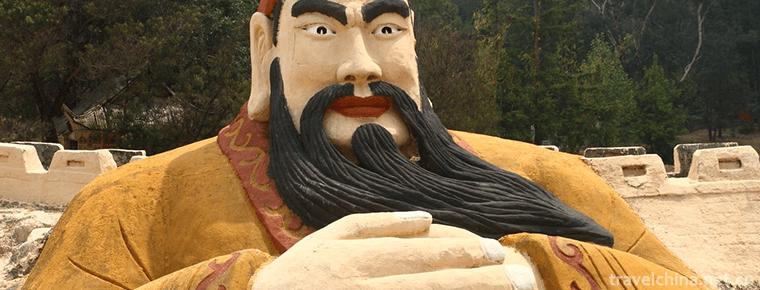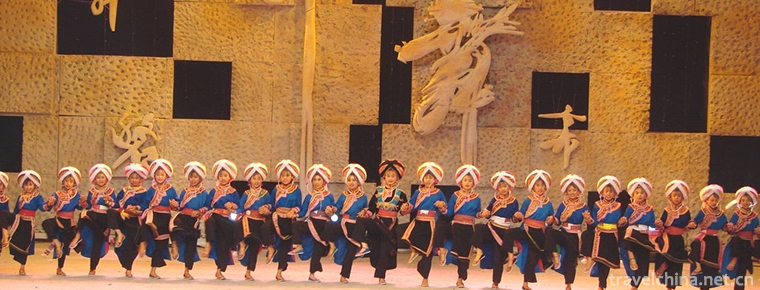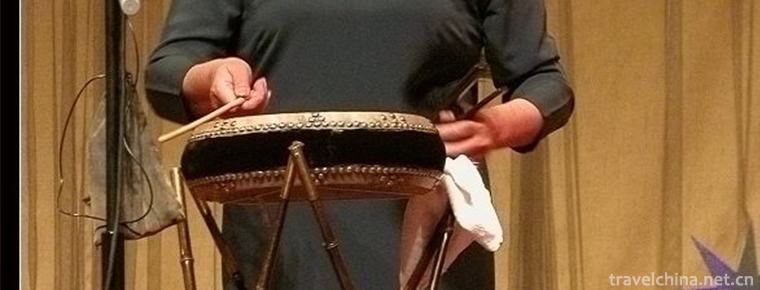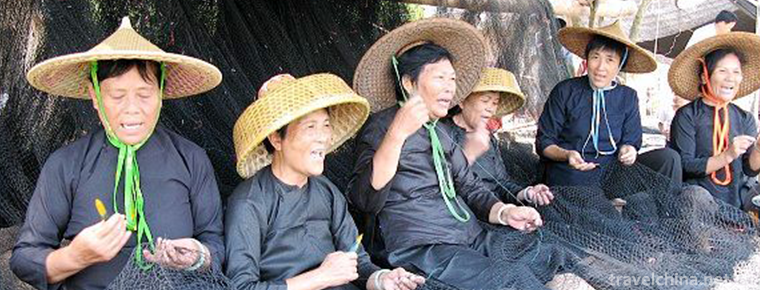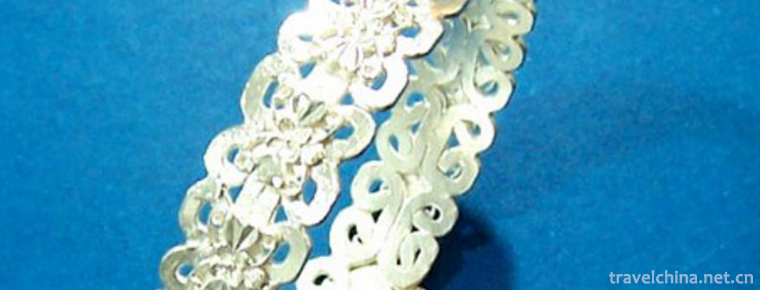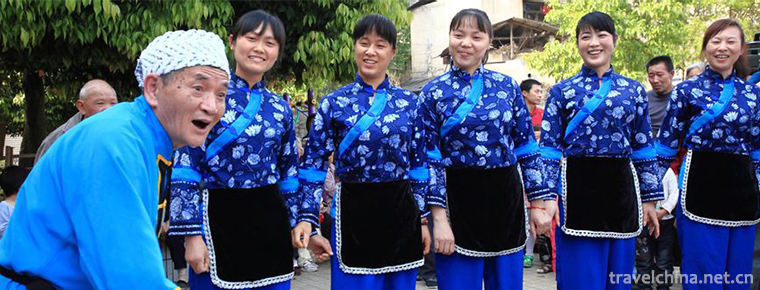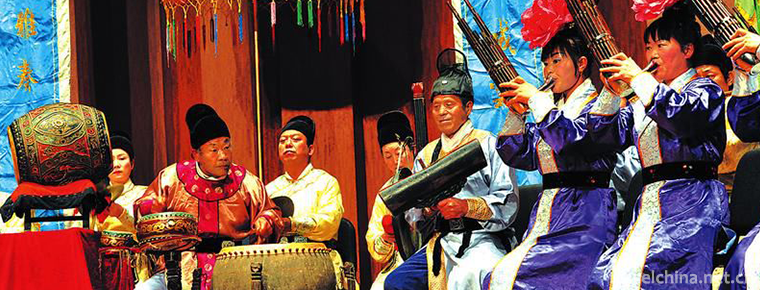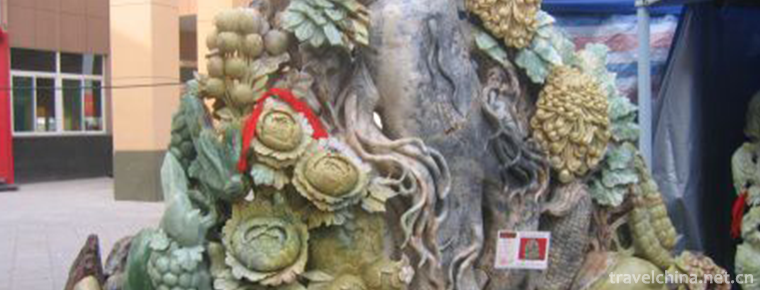Longsha Park
Longsha Park
Located in the center of Qiqihar city, Longsha Park has a history of one hundred years. It covers an area of 64 hectares, including 20 hectares of water. It is the largest comprehensive park in Northeast China. In winter, Longsha Park holds "Longsha Ice Scene Tour", which adds a great landscape. Qiqihar's ice sculptures are well-known both at home and abroad and are regarded as a wonderful flower in Hecheng. To attract millions of tourists from home and abroad, Longsha Park has been listed in the Chinese Dictionary of Scenic Spots.
Historical development
Longsha Park was built in 1904. It was the earliest Park in Heilongjiang Province. Because it used the warehouse base in the southwest of the city, it was called Cangxi Park, commonly known as the West Garden. It was renamed Longsha Park in 1917. "Longsha" generally refers to the place outside the fortress. Tang Dynasty poet Li Bai has the phrase "General divides Tiger and Bamboo, Soldier Wolong Sha", from which Longsha Park gets its name. Wangjiang Tower, built in 1907 on a rockery on the East Bank of Labor Lake, is a classical garden pavilion. It has become the representative building of Longsha Park with its exquisite and unique shape and is the tourist center of the whole park. Shougong Temple was built in 1926 to commemorate the national hero, General Shoushan, and is the garden of Longsha Park.
Main attractions
There are five tourist areas in Longsha Park: cultural tourist area, labor Lake Tourist area, animal area, entertainment area and flower viewing area. The cultural tourist area includes library, Wangjiang Tower, Guandi Temple, Shougong Temple, Chengjiang Pavilion and other buildings. Wangjiang Tower is located on a rockery on the East Bank of Labor Lake. It was built in 1907. It is a classical garden pavilion. It is the representative building of Longsha Park and the tourist center of the whole park. Shoushan Temple was built in 1926 to commemorate the national hero, General Shoushan, and is the garden of Longsha Park. There are hundreds of animals in the zoo, such as the Siberian tiger, the African lion, the leopard, the brown bear, the moose and the red-crowned crane. The recreation area includes electric spacecraft, lifting aircraft and large comprehensive entertainment hall. There are more than 140 kinds of flowers in the flower ornamental area.
Library building
Wan Fulin, the governor of Heilongjiang Province and chairman of the provincial government, decided to build a new library in Longsha Park of Qiqihar in April of 1930 when he opened the "provincial government administrative conference", which was completed and opened in October of that year and was named "Heilongjiang Provincial Library". Gao Jiaji, the director of the Education Department, Zhang Qingqi, the Secretary-General of the government, Wang Weihan and Pang Zuoping, the director of the Finance Department, were responsible for the specific handling of this matter. After the completion of the library site, the title of the new library was produced.
The building faces south and north. The roof of the building is covered with a green glazed tile, which faces the tiger head. In the middle of the roof is the decoration of the peony of the shallow relief Erlong Opera. The two ends of the ridge are the patterns of the beast kissing and swallowing the ridge. The four corners of the eaves are carved with the elephant's Tusk and nose rolled up, and the side ridge is carved with exquisite and vivid animals. The corridor is surrounded by 26 white columns. The width and thickness of the wall are beneficial to heating in winter and heat insulation in summer. The temperature in the building is controlled to a certain extent, so that the books saved are seldom moth-eaten.
The library collects 127,900 copies of engravings from Tang, Song, Yuan, Ming and Qing dynasties, some of which are rare treasures in China. More than 5,000 good copies of ancient books (including Manchu and Mongolian minority languages) and 92 kinds of 630 copies of ancient books have received many visits, exchanges and academic visits from experts and scholars of Manchu and Chinese in Japan, Germany and Denmark.
Protection of cultural relics
Longsha Park Wanjuan Pavilion Ancient Books Library was awarded by the State Council as "the first-level cultural relics protection unit of the state" in 2010.
Transport line
It is 3.5 kilometers away from Qiqihar Railway Station and 11 kilometers away from Sanjiazi Airport. Transportation is convenient. Buses such as No. 1, No. 5, No. 11, No. 15, No. 16, No. 104, No. 27 and No. 28 can reach the city .

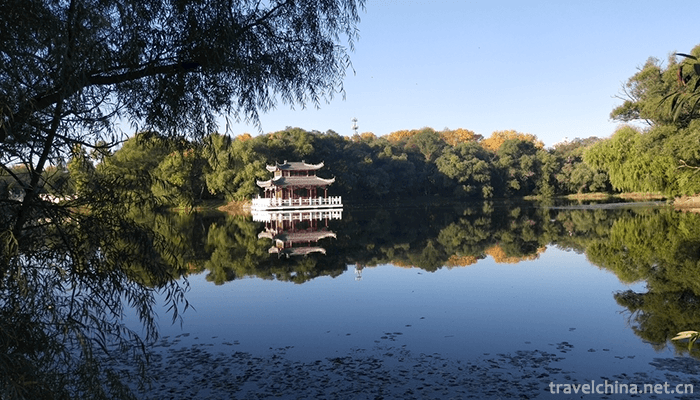
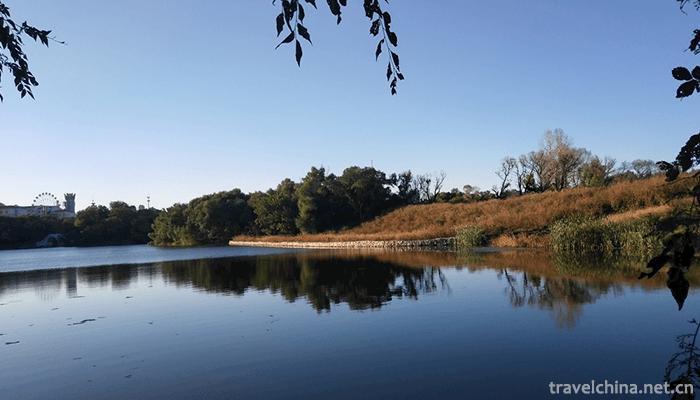
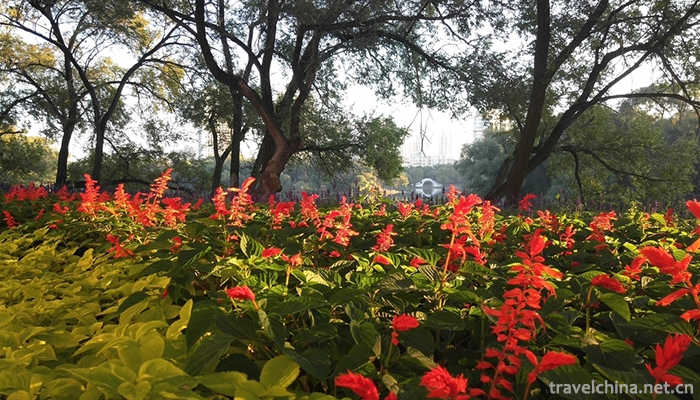

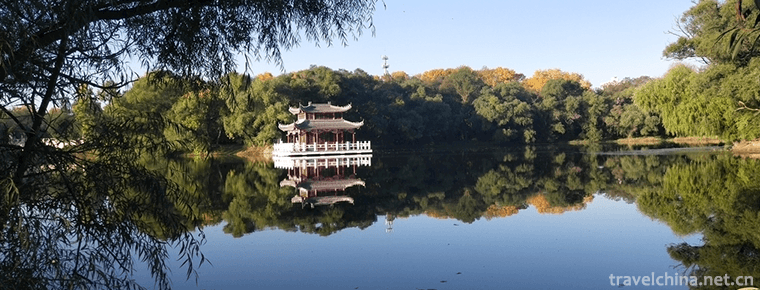
Longsha Park
-
Laoshan Scenic SpotQingdao Shandong Province
Laoshan Scenic Area of Qingdao, located in Qingdao City, Shandong Province, is one of the first national key scenic spots approved and announced by the State
Views: 209 Time 2018-12-08 -
Luliang Colorful Sand Forest
Luliang color sand forest is a national AAAA tourist area, 18 kilometers away from Luliang County. 108 named scenic spots are located in the "Y" shaped canyon, with a total area of 180 hecta
Views: 148 Time 2019-02-06 -
Emei Chito
"A Mei Qituo" is the original ecological dance name of a group of Yi people. It is translated as "Girl Marriage Dance" in Chinese and originated from Sanbao Yi Township in Qinglong
Views: 209 Time 2019-03-28 -
Story telling in Beijing dialect with drum accompaniment
Jingyun Dagu is one of the Chinese folk songs. Developed from the popular wooden drum in Cangzhou and Hejian of Hebei Province, it was formed in Beijing and Tianjin. After the introduction of Hebei wo
Views: 201 Time 2019-05-07 -
Lingao Fishing Song
Lingao Fishing Song is a kind of Han folk song which is popular among fishermen in Lingao County, Hainan Province. Because of its use of the lining "Li Li Mei" and related legends, it is als
Views: 291 Time 2019-05-13 -
Miao Silver Jewelry Forging Techniques
Miao silver jewelry forging technology takes silver as raw material. The pattern and structure of silver jewelry have been carefully designed by the craftsmen. There are 30 processes from drawing to c
Views: 201 Time 2019-06-05 -
Mudong Mountain Song
Mudong folk song is a traditional folk song sung by the people of Mudong Town, Banan District, Chongqing City. Mudong folk song is a folk song sung by the people of Mudong Town, Banan District, Chongq
Views: 146 Time 2019-06-06 -
Quzi Opera
Quzi Opera, the traditional drama of Dunhuang City, Baiyin City, Huating County and Xinjiang Production and Construction Corps in Gansu Province, is one of the national intangible cultural heritage.
Views: 145 Time 2019-06-11 -
Xi an Drums Music
Xi'an drum music, also known as Chang'an ancient music. It is a large-scale traditional folk drum music spread in Xi'an (ancient Chang'an) and its surrounding areas for thousands of years. It originat
Views: 225 Time 2019-06-30 -
Xiuyan Jade Carving
Xiuyan Jade Carving, one of the national intangible cultural heritage, is a local traditional art in Xiuyan Manchu Autonomous County, Liaoning Province.
Views: 152 Time 2019-07-08 -
Cultural corridor of Confucianism Buddhism and Taoism
Emei Mountain Confucian, Buddhist and Taoist cultural corridor inherits and develops Chinese traditional culture through different aspects, and excavates its own value and charm from Emei Mountain's historical culture, and highlights its connotation of "China's first mountain".
Views: 159 Time 2020-10-15 -
Administrative division of Dazhou
In 1950, Daxian district was set up, which belongs to the northern Sichuan administrative region. Daxian special office is located in Daxian county and governs eight counties, including Daxian County, Xuanhan County, Kaijiang County, Pingchang
Views: 113 Time 2020-12-20

